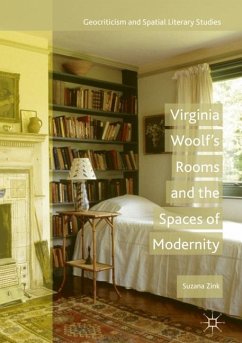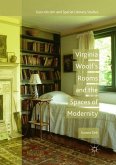This book provides a fascinating account of rooms in selected works by Virginia Woolf. Casting them as spaces which are at once material, textual and emotional, the volume shows Woolf's rooms to be consistently connected to wider geographies of modernity and therefore central to her writing of gender, class, empire and the nation. The discussion moves "in and out of rooms," from the focus on travel in Woolf's debut novel, to the archival function of built space and literary heritage in Night and Day, the university as a male space of learning in Jacob's Room, the iconic A Room of One's Own and its historical readers, interior space as spatial history in The Years, and rooms as loci of memory in her unfinished memoir. Zink masterfully shows the spatial formation of rooms to be at the heart of Woolf's interweaving of the political and the aesthetic, revealing an understanding of space as dynamic and relational.
"Virginia Woolf's Rooms and the Spaces of Modernity is successful in demonstrating the importance of rooms in Woolf's fiction. It gives something of an overview of how these rooms function textually, while still providing detailed and rigorous analyses backed up by archival research. Zink's work touches on a number of interesting areas, including Woolf's readership and her use of space and place in her work more generally." (Karina Jakubowicz, Virginia Woolf Miscellany, Vol. 95, 2019)








